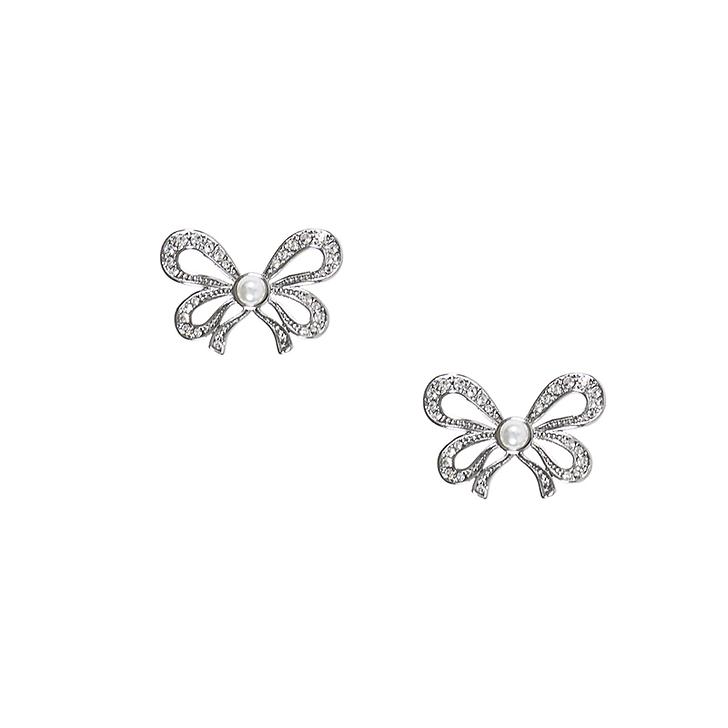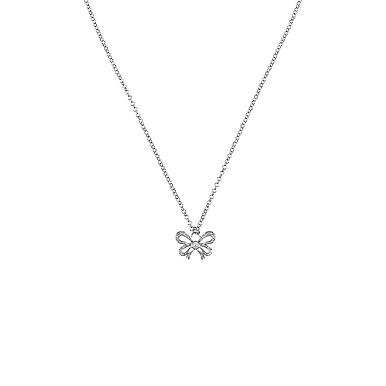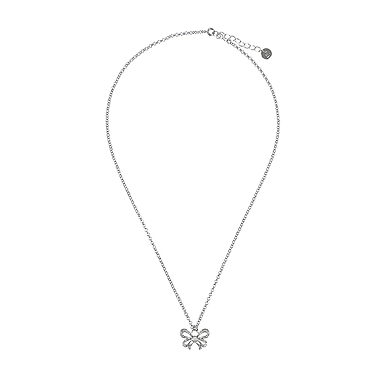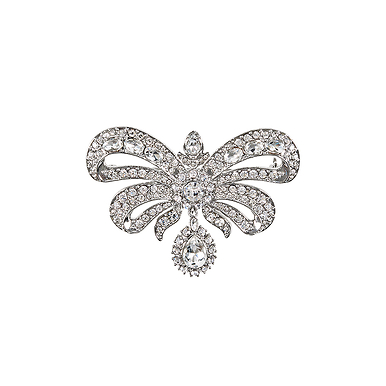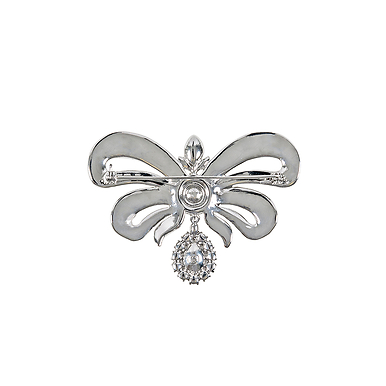Earrings Stray knot
BW400494
In the 18th century, the ribbon bow found its rightful place in the jewellery lexicon.
Seventeenth-century jeweller and ornamentalist Jean Henri Prosper Pouget published two treatises-one in 1762 and another in 1764-that provide a broad overview of French jewellery of the period. His inventory includes...
Read more
In the 18th century, the ribbon bow found its rightful place in the jewellery lexicon.
Seventeenth-century jeweller and ornamentalist Jean Henri Prosper Pouget published two treatises-one in 1762 and another in 1764-that provide a broad overview of French jewellery of the period. His inventory includes every kind of ribbon bow.
Some are plain, free of decoration, while others feature several loops, or pearl, diamond, plant and floral adornment, among others. The many, often complex interpretations are a testament to the talent and imagination of jewellers, who were constantly called upon by nobles and courtiers wishing to be seen.
One of these bows is famous: the 'noeud de Gilles' created by goldsmith Gilles Légaré, which was embraced by Madame de Sévigné's contemporaries. The piece is a brooch made of gold or silver, in the shape of a multiple-loop ribbon bow, sometimes featuring a pearl or diamond pendant worn in the centre of a bodice, which earned the jewel the nickname à l'égaré ('stray').
Silver plated rhodium plated brass, rhinestones and imitation pearl
Keep the jewellery away from dust and moisture. Avoid contact with perfume, chemicals and cosmetics; avoid getting the jewellery wet.
Close
Login to see prices
Sold by GrandPalaisRmn

